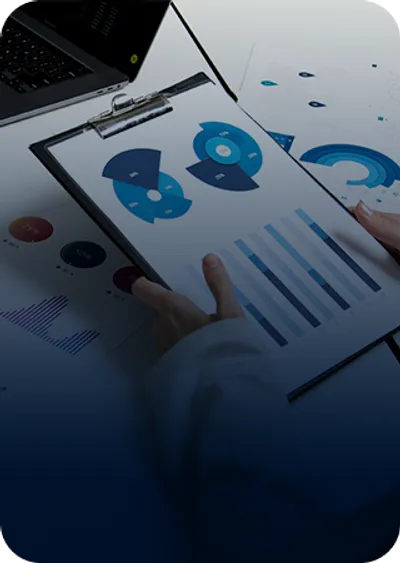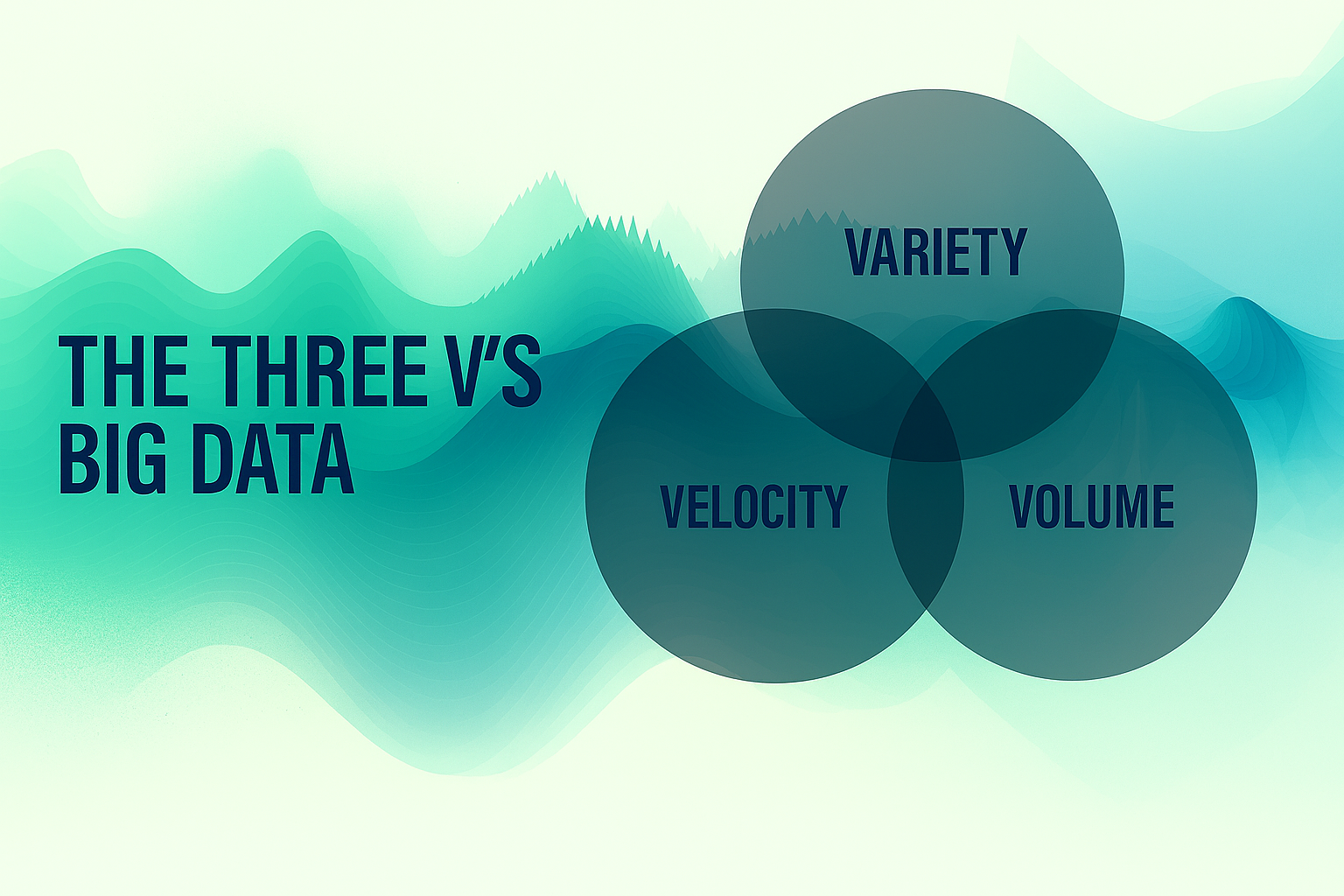

Receive business meetings in your sales funnel

Specializes in sales outsourcing, offering comprehensive solutions ranging from prospecting to scheduling highly qualified meetings.
If you identify with any of the items below, you should consider our Sales as a solution:
- Difficulty in finding medium and large companies.
- Dependence on networking and partner referrals.
- Time wasted in prospecting without lead conversion.
- Too many meetings and few opportunities.
- Increasing customer acquisition costs.
- Difficulty in communicating with decision-makers of prospects.
- Too many channels and low conversion into sales opportunities.
- Simplify complex sales processes.
- Balance between quality and quantity of leads.
- Nonexistent company and contact database.
- Difficulty in attracting and retaining talent.
Why choose Digital Selling?


At Go Digital Selling, we offer a personalized approach that boosts your sales and accelerates your business growth. Our digital strategies are tailored to each client's unique needs, focusing on maximizing commercial meetings and generating qualified leads.


We use the best tools and methodologies, combining human and artificial intelligence for precise follow-up and data-driven decisions. Our team of specialists provides full support ensuring a positive ROI.


With clear KPIs and detailed reports, we monitor your progress and adjust strategies to ensure continuous and sustainable growth of your business operation. This partnership can transform your pipeline and position your company for exponential growth in the market.
What is your growth lever?
Lead Generation
Our gamified active prospecting services ensure constant meetings, reducing your customer acquisition cost, increasing your sales team's pipeline with new business opportunities.
International Expansion
With offices in Portugal and Brazil, we help your company grow in Europe and Latin America with native teams.
Partner Recruitment
Maximize the opportunities to find the ideal Partner for your Channel Program, with whom you can establish a lasting and mutually beneficial relationship.
Expansion into New Markets
Explore new opportunities in untapped markets, niches, and emerging trends, and expand your business by diversifying your offerings to reach new audiences and maximize your growth.

Get in touch and modernize your sales area now!
Schedule your diagnosis now and discover the power of combining Human, Artificial, and Commercial Intelligence to boost your business!
Check out our new posts:

Big Data: The Fuel Driving Artificial Intelligence in Business
Today, it’s no exaggeration to say that the most successful companies have something in common: they use Artificial Intelligence (AI) and data as the foundation for growth. This combination isn’t a trend—it’s reality. And those who haven’t joined the game are falling behind. Why is this happening? Because data is the fuel for AI. Without […]

The Importance of AI in a Data-Driven World
Business success today is no accident. It’s directly tied to the ability to use data intelligently. That’s why so many organizations are investing heavily in Artificial Intelligence (AI) and data-driven solutions. Whether it’s AI, data science, advanced analytics, or machine learning, the goal is clear: turn data into revenue and efficiency. AI is no longer […]
See more articles on our
Sales Feed























